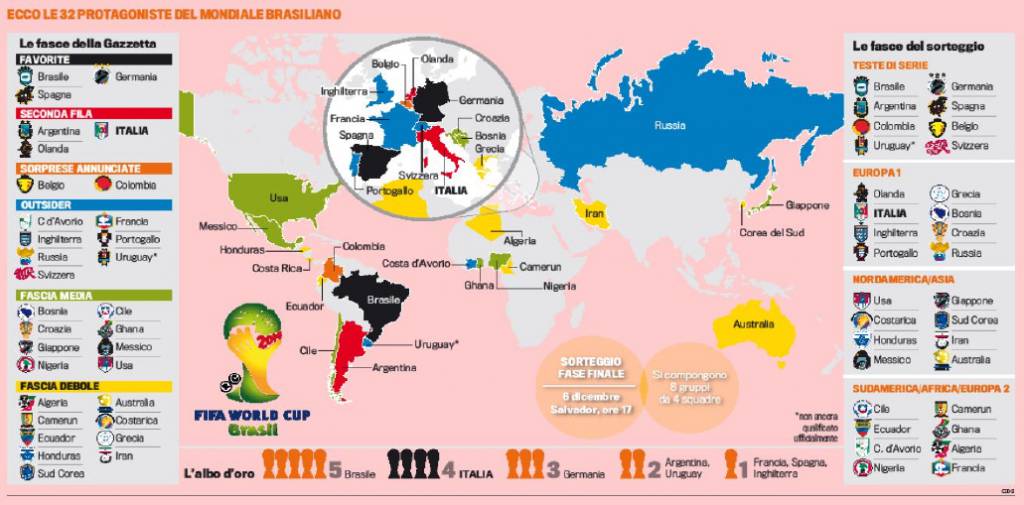The three-days of Try&Enjoy organized by UISP and Bologna Fiere personally I have enriched meaning of what we are to understand not only for sports but also about the relationship between youth and sport. Let’s start with what our foreign guests have told. In Denmark over the past 10 years it has been built 70 structures to practice parkour, which became the most popular sport among young people along with soccer. Second, it’s also practiced by the children to school during 45 minutes of physical activity every day that the Danish do in school. Third, athletes are those who founded the private company that has promoted in recent years this activity. What is happening has already happened several times in the past (with Gatorade, Nike and Patagonia to name a few famous examples) in which they are experts of the sports world who create companies to spread their way of live sports. The same was also in Belgium, where a skateboard athlete with his group in Brussels is passed from to protest against the city politicians for the lack of space in the re-building a square where to live together skate and the people who attend a public space, working with architects and engineers to build a space suitable for the skateboard in structural terms, and how it should be, for example, the paving in order to obtain the best possible slipping. Both of these groups are also working in other European countries bringing their professionalism and having turned their passion into a job. Another experience was reported from France, where instead there is no space structured and where they have difficulty in spreading these activities as it is also in our country.
Why the free urban movement is so well received in the primary school as the Danish teach us? Because if we free it from its glamorous sense popularized by the movie 007 Casino Royale and its extreme expressions that can reach the best athletes, it is actually a complete expression of the basic human movements and therefore suitable to be taught in primary school. Parkour in fact develop coordination, balance, jumping, running, but also cognitive skills such as visual-spatial awareness and decision-making. Education through these movements improves the connection between ourselves and the physical environment. It also teaches to take calculated risks, to know what you can do at given time with the level of motor skills you have and this is an essential component of the self-esteem.
In addition, it’s the implementation in a modern and suited to individuals who grow and develop into the town of activities that have been always practiced. In the country, the children have always skipped the walls, played in barns, jumped ditches and climbed trees. As a boy-scout we called this activity “challenge” and it was a race where you climbed the trees with a rope and then we rocked like Tarzan before jumping to the ground, you ran down to ride in the rocks, or you run up and down to the woods to get to the end at the finish line. Today it has proposed the same thing but in the city, taking advantage of the spaces and architectures.
At this regard, the architects who deal with living in cities have in fact begun to deal with urban free movement in all its expressions for from the place for walking or cycling to those for practicing other forms of movement. The aim is to adapt the cities to the free and spontaneous human movement. So these new motor espessions, as a few still widespread and little accepted in many European countries, represent a form of sport development suitable for everyone, applyng for our city life activities that have always been part of human history and that is to walk , run, jump, and to stop and go back if it is dangerous to continue.







